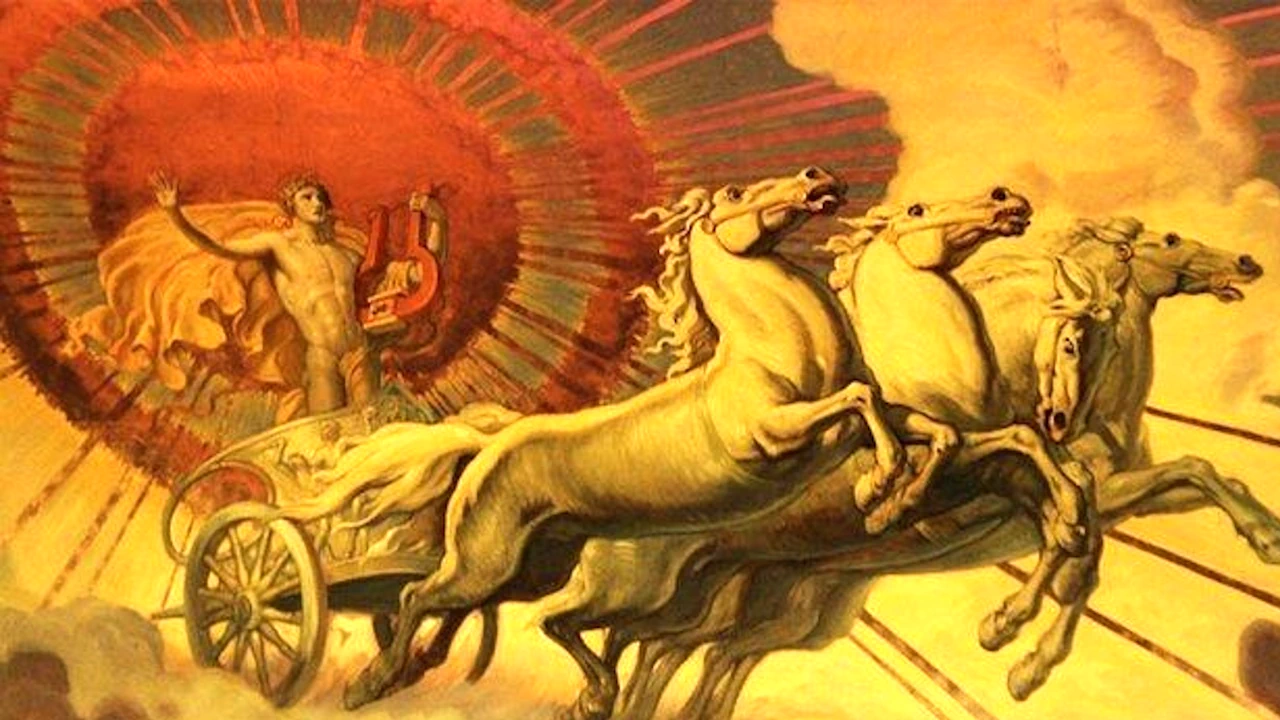Join us in learning about the 8 Sun Gods, discover their origins and legends. Be amazed by the most powerful stories that make them shine.

The 8 most popular Sun Gods
Generally, sun gods are worshipped more in colder regions and the moon in warmer regions. In addition, the sun is generally considered masculine and he. Although sun worship has often been used as a term for “pagan” religion, it is, in fact, relatively rare.
Most important sun gods according to each religion
These qualities—sovereignty, beneficent power, justice, and wisdom—are central to any elite religious group, and it is within these contexts that a highly developed solar ideology is found, where sun gods play a very important role.
Kings ruled by the power of the sun and claimed descent from the sun. Solar deities, gods who personify the sun, are sovereign and omniscient. The sun is often a primary attribute of the Supreme Deity or is identified with it.
1.- Ra: The Egyptian sun god
The Egyptian sun god Ra is said to have sailed his boat across the sky during the day and brought it back through the underworld during the night. This representation of Ra is from the tomb of Nefertari.

2.- Freyr: The Norse god of fertility and the sun
Freyr, the Norse god associated with sunlight, fertility, and prosperity.

3.- Tonatiuh: Aztec sun god
The Aztec sun god Tonatiuh depicted in the 16th-century Codex Telleriano-Remensis. The Aztecs believed that human sacrifice was necessary to keep the sun moving across the sky.

4.- Amaterasu: Japanese sun goddess
In Japanese mythology, the sun goddess Amaterasu hid in a cave after becoming angry with her brother. With Amaterasu hidden, the world was plunged into darkness. The other gods hung a mirror outside her cave to lure her out and bring light back to the world.

5.- Surya: The Hindu sun deity
The Hindu sun deity Surya. Yoga devotees will recognize the name Surya from “Surya namaskara,” the “sun salutation” practiced as a form of worshiping the sun.

6.- Apollo: Greek god of the sun
In Greek mythology, the god Apollo, who plays the lyre, was associated with the sun. This statue of Apollo is located in the Capitoline Museums in Rome.

7.- Shamash: The Babylonian sun god
Shamash was the sun god in the Babylonian tradition of ancient Mesopotamia. Shamash was also associated with justice and was said to have inspired the Babylonian king Hammurabi to codify the laws in the Code of Hammurabi, one of the earliest written legal documents in history.

8.- Helios: The Greek Titan Sun God
Helios, sometimes associated with Apollo in Greek mythology, was the personification of the sun. This statue includes holes that would have once held a metal crown symbolizing the sun’s rays.

Conclusion
The sun gives light and life to the entire cosmos; with its blinking, all-seeing eye, it is the stern guardian of justice; with the almost universal connection of light with enlightenment, the sun is the source of wisdom. That is why worshipping sun gods was of utmost importance according to religion and the effects it could have on their peoples.
